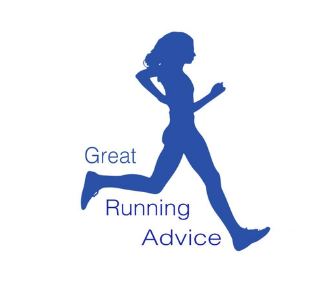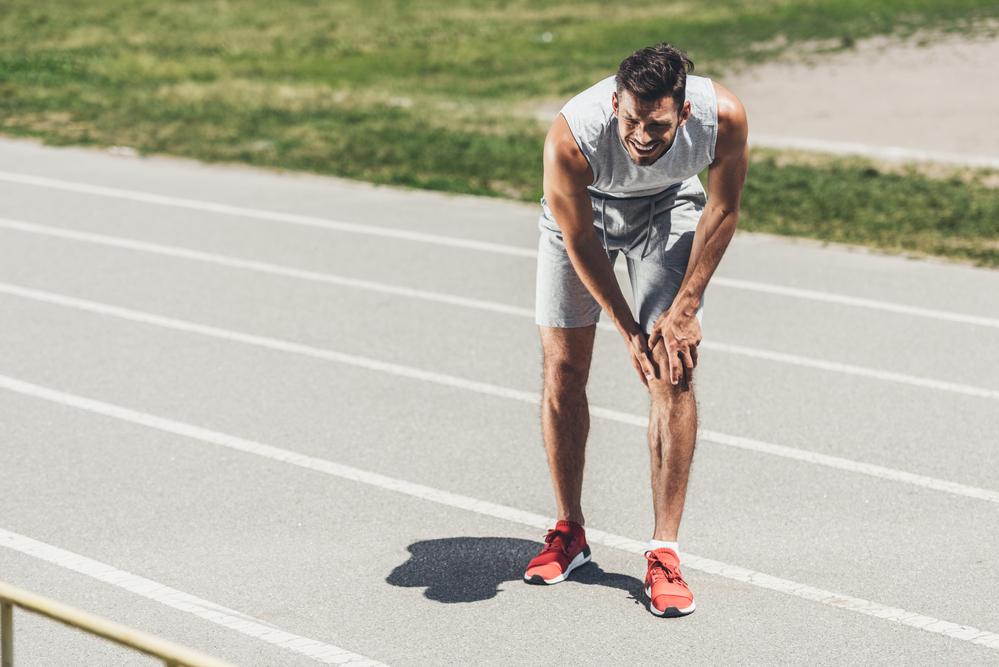Running is a great way to get in shape and stay healthy, but it can also be hard on your body if you’re not careful. Building our core strength to prevent running injuries; please look at good core strengthening exercises. In this post, we’ll take a look at what are common running injuries in the leg, such as shin splints, runner’s knee, Achilles tendonitis, plantar fasciitis IT band syndrome, hip flexor strain, hamstring strain, calf strain, and offer tips for how to avoid them. Keep reading to learn more!
Shin Splints
Shin splints are one of the most common injuries in the leg, and they can be extremely painful. They occur when the muscles and tendons in your shin become overworked or inflamed. There are many causes of shin splints, including running on hard surfaces, running too often or too fast, or wearing the wrong type of shoes. I have written a separate post on how you heal shin splints quickly.
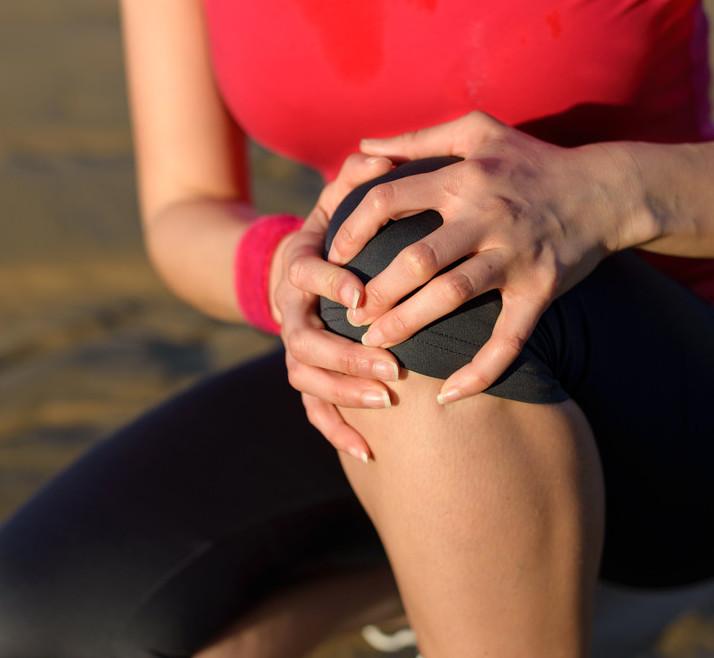
The best way to prevent shin splints is always to wear the correct type of shoes for your foot type and running style and take it easy when you’re starting. If you already have shin splints, try taking a break from running, icing your shins, and taking over-the-counter pain medication.
Runner’s Knee
Runner’s knee is a condition that several things can cause, such as runners overtraining, running on uneven surfaces, or having weak muscles or tight ligaments. However, the main symptom is a pain in the knee cap, especially when you bend your leg, either standing up or sitting down and walking up or downhill.
Runner’s knee is treated with several methods, such as rest, ice packs, NSAIDs, and physical therapy. In addition, some exercises can help relieve the pain and improve the function of the knee. These exercises include strengthening the quads and hamstrings, stretching the calves and IT band, and balance exercises. Most people can overcome the runner’s knee by following these treatments and practices.
Plantar Fasciitis
Plantar fasciitis (PLAN-tur fas-e-I-tis) is one of the most common causes of heel pain. It involves inflammation of a thick band of tissue that runs across the bottom of each foot and connects the heel bone to the toes. (mayo clinic)
Plantar fasciitis is a common problem that can occur in anyone. However, it is more likely to affect active people with high arches, flat feet, or overweight.
The most common symptoms of plantar fasciitis include:
-pain on the bottom of your foot, particularly near your heel
-stiffness and tightness in your foot and ankle
-throbbing or burning sensation in your foot
-pain that gets worse after standing or walking for a long time
If you have plantar fasciitis, your doctor may recommend one or more of the following treatments:
-nonsteroidal anti-inflammatory drugs (NSAIDs), such as ibuprofen or naproxen.
-pain relievers, such as acetaminophen.
-corticosteroid injections.
-physical therapy, including exercises that stretch and strengthen your foot and ankle muscles.
-splints or night braces to keep your foot in a neutral position.
-orthotics, shoe inserts that support your arch and heel.
-surgery if other treatments don’t work.
Exercises that can help relieve plantar fasciitis pain include:
-arch stretches
-toe stretches
-heel stretches
-calf stretches
-ball rolling exercises.
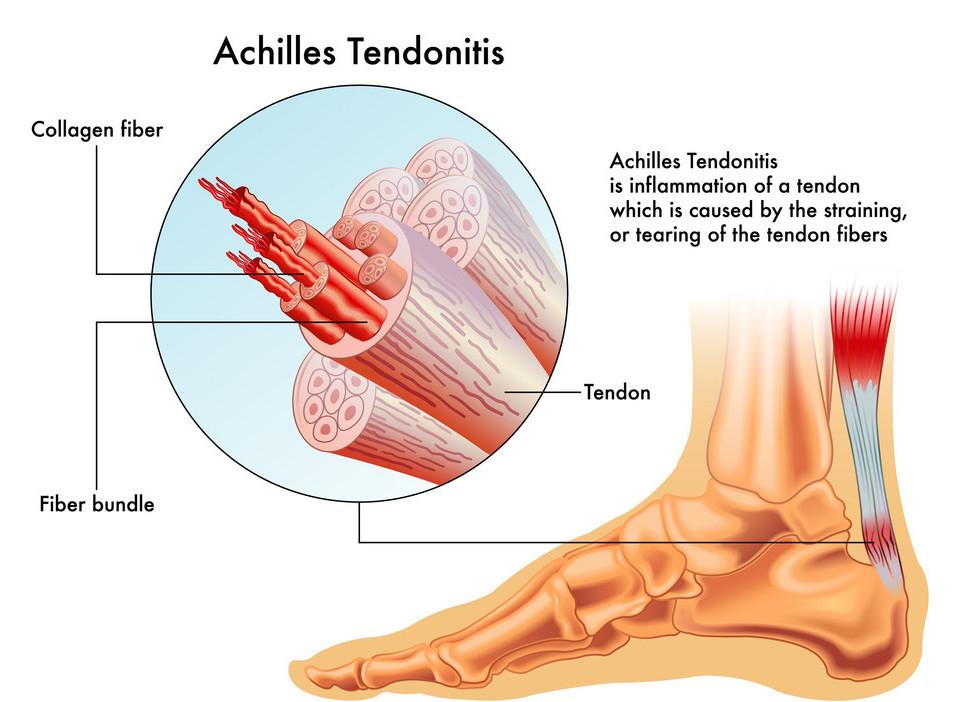
If you have plantar fasciitis, it’s essential to seek treatment. Ignoring the pain can further damage the plantar fascia and may require surgery. With proper treatment, most people with plantar fasciitis improve within a few months.
Achilles Tendonitis
Achilles tendonitis is a condition that runners often experience. It is an inflammation or irritation of the Achilles tendon, connecting the calf muscles to the heel bone. This condition can cause pain and stiffness in the Achilles tendon, especially when you move your ankle.
Several causes of Achilles tendonitis include overuse, improper footwear, and tight calf muscles. The symptoms of Achilles tendonitis include pain and stiffness in the tendon, especially when you move your ankle. You may also experience swelling and warmth around the tendon. If Achilles tendonitis is left untreated, it may lead to a complete Achilles rupture.
Several treatments for Achilles tendonitis include rest, ice packs, elevation, and NSAIDs. You may also need to wear a splint or brace to keep the tendon stretched. Exercises that help improve and prevent Achilles tendonitis include calf raises, toe raises, and Achilles tries. If you are a runner, it is essential to ensure that you wear proper shoes for your foot type and stretch properly before and after running.
Iliotibial Band Syndrome
Iliotibial band syndrome is where a tendon called the iliotibial band gets irritated or swollen from rubbing against your hip or knee bones. The tendon is on the outside of your leg and goes from the top of your pelvic bone down to your knee. The ITB helps stabilize the knee and assists in forwarding motion during activities such as running or cycling. Iliotibial band syndrome is caused by repetitive friction or stress on the ITB, leading to inflammation and pain.
Iliotibial band syndrome symptoms include pain outside the thigh, especially when running or cycling. In addition, there may be a feeling of tightness or stiffness in the affected area; and difficulty extending the leg fully.
Several treatments are available for iliotibial band syndrome, including rest, ice, compression, elevation; anti-inflammatory medications; and physical therapy. Exercises that can help relieve symptoms of iliotibial band syndrome include stretches for the hamstrings, quads, and ITB; strengthening exercises for the quadriceps and glutes; and Pilates or yoga. In addition, some people recommend squats to help with IT band syndrome. With proper treatment, most people with iliotibial band syndrome can make a full recovery.
Hip Flexor Strain
A hip flexor strain is a condition that results when the hip flexor muscles are stretched or torn. Hip flexor muscles are located in the front of the thigh and help lift the knee and bring the thigh toward the chest. Hip flexor strains have different causes, such as a sudden movement or force, such as a fall or a tackle. In addition, repetitive activities such as running or cycling can cause hip flexor strain.
Hip flexor strain symptoms include pain in the front of the thigh, difficulty walking, swelling, and bruising. Ice packs, compression bandages, and pain relief medication help treat hip flexor strains. Surgery is rarely needed to treat hip flexor strain. However, exercises that stretch and strengthen the hip flexors can help to prevent hip flexor strain.
Hip flexor strains are a common injury, particularly in athletes. Warming up properly before exercise and stretching the hip flexors after a workout can prevent hip flexor strains. Exercises that stretch the hip flexors include lunges, squats, and hamstring stretches. Hip flexor strengthening exercises include squats, lunges, and leg raises. If you have issues with your hip, please refer to hip injuries from running, which explain these injuries in more detail.
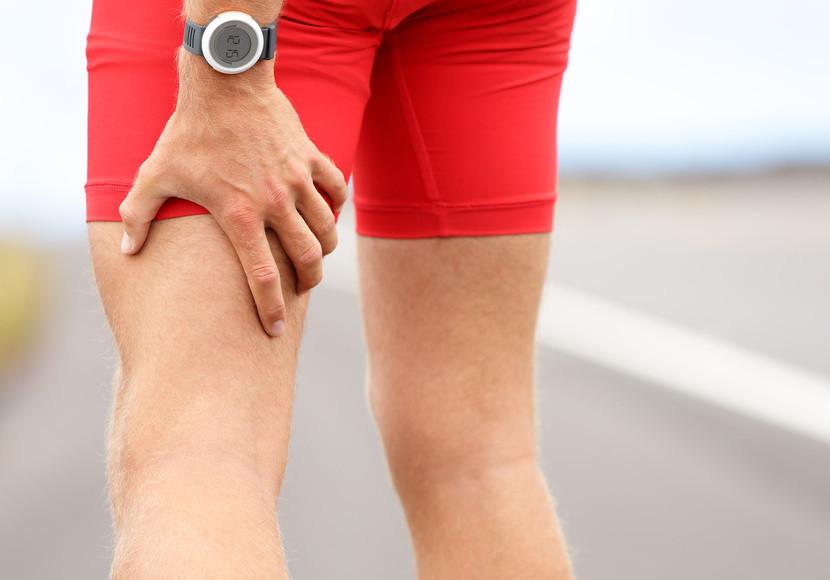
Hamstring Strain
Hamstring strain is a condition that results when the hamstring muscles are stretched or torn. The hamstring muscles are at the back of the thigh and help extend the leg. Hamstring strain can occur when these muscles are overstretched, as can happen during running, jumping, or dancing activities.
Symptoms of hamstring strain include pain in the back of the thigh, swelling, and difficulty walking. The injury can take several weeks to heal, so it is essential to rest the muscle and avoid aggravating activities. Treatment options include ice packs, compression bandages, and NSAIDs to reduce inflammation. In addition, exercises such as hamstring stretches and curls can help improve strength and flexibility in the hamstring muscles. Most people fully recover from a hamstring strain with proper treatment and rehabilitation.
Hamstring strains are a common injury, especially among athletes. Quick movements or changes in direction, such as in sports like soccer, football, and basketball, can cause hamstring strains. However, hamstring strains can also result from intense exercise or overuse.
If you are experiencing hamstring pain, it is essential to rest the muscle and avoid aggravating activities. Treatment options include ice packs, compression bandages, and NSAIDs to reduce inflammation. In addition, exercises such as hamstring stretches and curls can help improve strength and flexibility in the hamstring muscles. Most people fully recover from a hamstring strain with proper treatment and rehabilitation. Please read the linked post that explains how to heal a hamstring strain fast in more detail.
Calf Strain
Calf Strains are injuries that athletes, especially runners and jumpers, suffer from. A sudden stretch or tear of the calf muscles can cause this strain. The symptoms of calf strains include pain, swelling, and stiffness in the calf muscle. The calf muscle may also feel tight and hard to move.
You can treat a calf strain with rest, ice, compression, and elevation (RICE). In addition, a physical therapist may help restore strength and range of motion. Exercises that can help improve calf strain include calf raises, toe raises, and quadriceps stretches. Generally, following these exercises can help speed up the healing process and prevent further injury.
If you are experiencing calf strain symptoms, please consult a healthcare professional for diagnosis and treatment recommendations.
Final Thoughts
We hope you have found this post helpful and have a much greater understanding of all these injuries and how to treat them. Remember to always listen to your body and modify your running routine accordingly. Feel free to comment below if you have any questions or suggestions. Thanks for reading!
